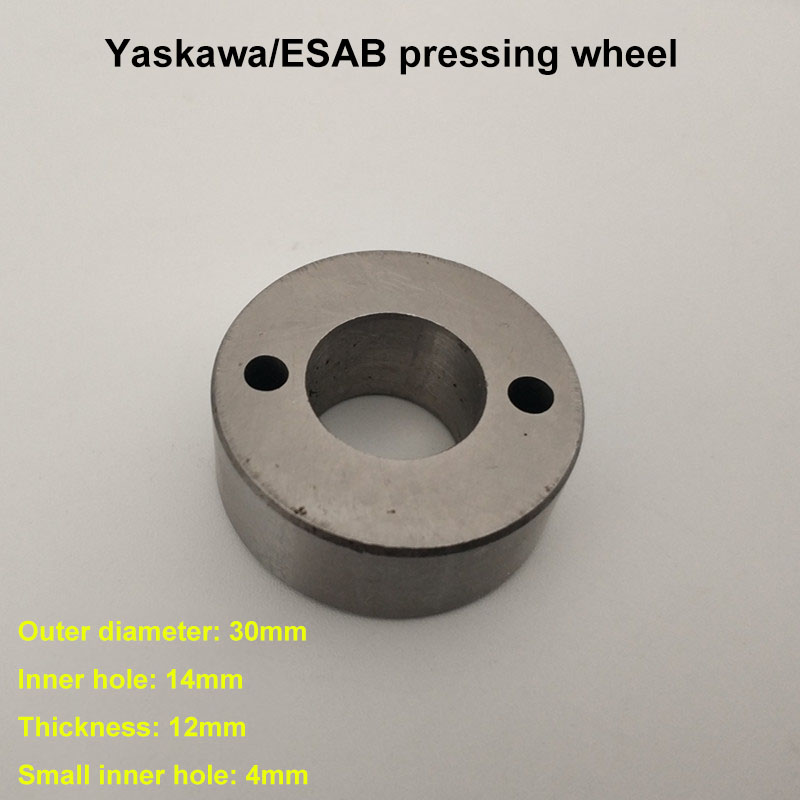 English
English-
 English
English -
 Español
Español -
 Português
Português -
 русский
русский -
 Français
Français -
 日本語
日本語 -
 Deutsch
Deutsch -
 tiếng Việt
tiếng Việt -
 Italiano
Italiano -
 Nederlands
Nederlands -
 ภาษาไทย
ภาษาไทย -
 Polski
Polski -
 한국어
한국어 -
 Svenska
Svenska -
 magyar
magyar -
 Malay
Malay -
 বাংলা ভাষার
বাংলা ভাষার -
 Dansk
Dansk -
 Suomi
Suomi -
 हिन्दी
हिन्दी -
 Pilipino
Pilipino -
 Türkçe
Türkçe -
 Gaeilge
Gaeilge -
 العربية
العربية -
 Indonesia
Indonesia -
 Norsk
Norsk -
 تمل
تمل -
 český
český -
 ελληνικά
ελληνικά -
 український
український -
 Javanese
Javanese -
 فارسی
فارسی -
 தமிழ்
தமிழ் -
 తెలుగు
తెలుగు -
 नेपाली
नेपाली -
 Burmese
Burmese -
 български
български -
 ລາວ
ລາວ -
 Latine
Latine -
 Қазақша
Қазақша -
 Euskal
Euskal -
 Azərbaycan
Azərbaycan -
 Slovenský jazyk
Slovenský jazyk -
 Македонски
Македонски -
 Lietuvos
Lietuvos -
 Eesti Keel
Eesti Keel -
 Română
Română -
 Slovenski
Slovenski -
 मराठी
मराठी -
 Srpski језик
Srpski језик
How to judge whether the wire feeder thread feeding roller needs to be replaced?
2025-07-17
To judge whether the wire feeder thread feeding roller needs to be replaced, we should first observe its physical wear condition. In the daily welding process, carefully checking the wear depth of the groove on the surface of the roller is the most direct method. When the groove of the roller becomes significantly shallower and smoother due to long-term extrusion of the welding wire, or even the edge is damaged or chamfered, and metal debris begins to gather on its surface or around it, it clearly indicates that the friction of the wire feeding roller of the wire feeder has been greatly reduced and can no longer effectively clamp the welding wire and push it stably. If the roller tooth marks are unclear or even slipping, or the roller as a whole has obvious axial or radial shaking, these are all signs of severe physical wear.
Secondly, the abnormal phenomena that occur during welding are the key basis for judging the state of the roller. If you frequently encounter poor wire feeding, fast and slow speed, or frequent accumulation and twisting of the welding wire at the entrance of the welding gun, accompanied by process problems such as unstable arc, shallow melting depth or poor weld formation, you should give priority to checking the wire feeding roller. After eliminating other factors such as blocked conductive nozzle or poor wire feeding hose, if the problem persists or slightly tightening the compression spring cannot fundamentally improve the stability and strength of wire feeding, then the core reason is that the wire feeder thread feeding roller itself is too worn and slips. At this time, even if the roller's compression force is increased, the effect is not ideal.
Therefore, it is important to combine the signs of wear and the impact on performance. Even if the surface wear seems slight, if it can no longer ensure the uniform and stable feeding of the welding wire, seriously affecting the welding quality and efficiency, it must be considered for replacement. It is recommended to conduct regular preventive inspections based on the equipment's operating time and welding volume, rather than waiting until a serious failure occurs. When the above physical wear characteristics are observed and accompanied by continuous unstable wire feeding and ineffective adjustment, decisively replacing the new wire feeder thread feeding roller is a necessary maintenance measure to ensure welding continuity, improve process quality, and protect other parts of the wire feeding mechanism.




